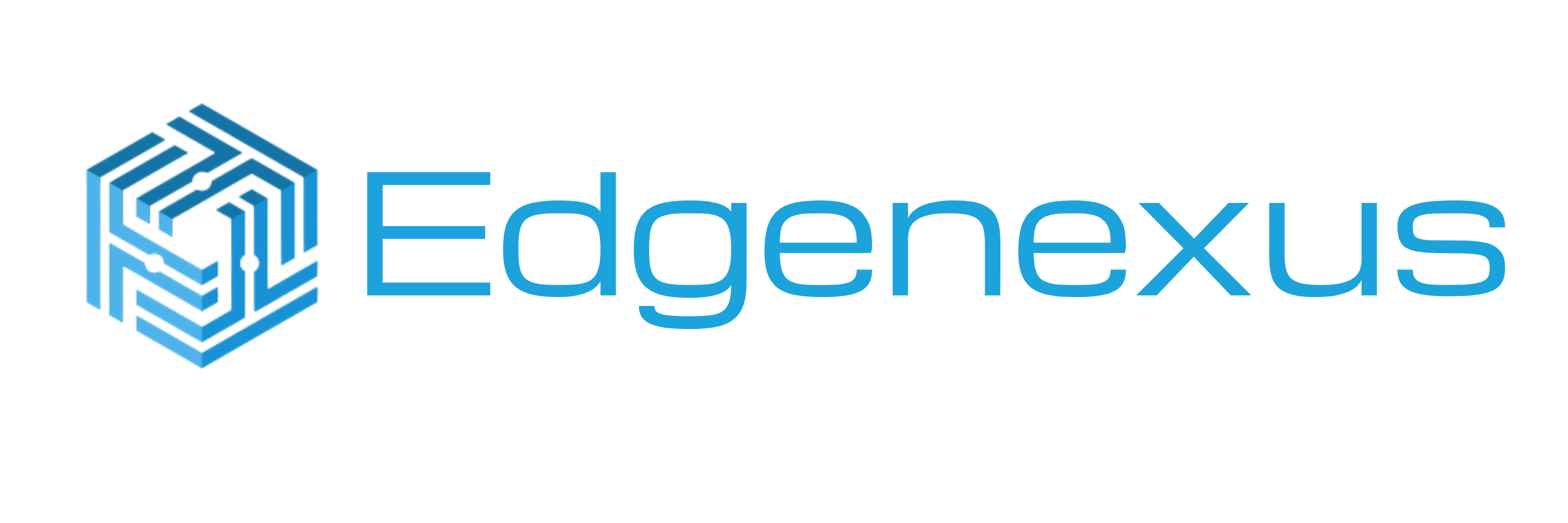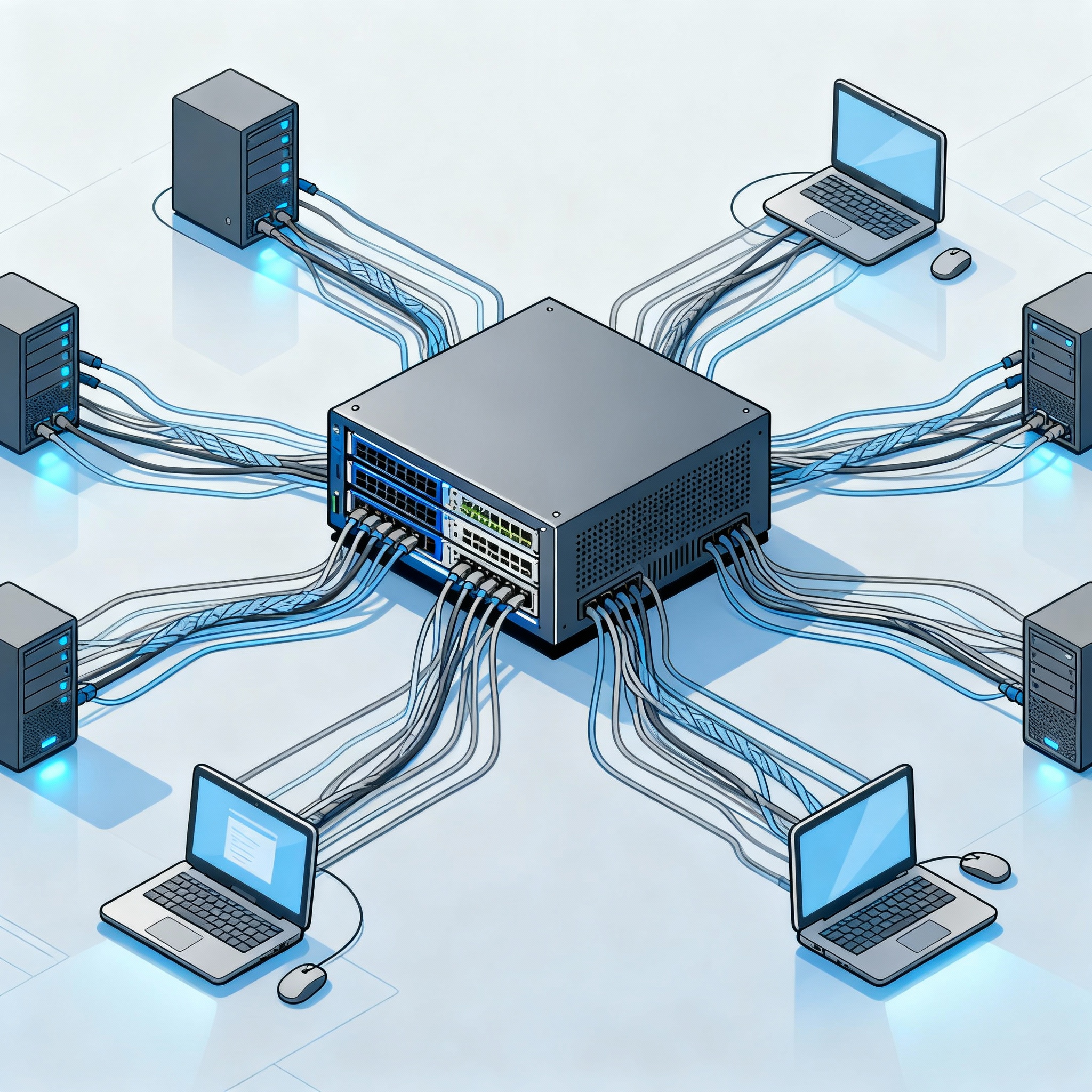For today’s digital banks and FinTech innovators, the Application Delivery Controller (ADC) or load balancer is not merely a device for distributing traffic. It is the critical, first line of defense and the central enabler of the three non-negotiables in financial services: Resilience, Security, and Compliance.
As FinTechs drive banking modernization campaigns especially with mission-critical systems like Temenos Transact core banking the application delivery platform must be invisible in its operation, yet instantly adaptable to handle regional scale (like in the fast-growing African markets) and ever-evolving cyber threats.
The Three Pillars of Digital Banking: Where the ADC Matters
CIOs, CTOs, and Compliance Officers in the banking sector face a unique challenge: delivering an instantaneous, 24/7 digital experience while operating under the most stringent regulatory requirements. The EdgeADC platform is engineered to address these challenges head-on.
1. Operational Resilience and High Availability
Downtime in banking is measured not just in lost revenue, but in damaged customer trust and massive financial penalties. Modern ADCs must guarantee zero-downtime application delivery.
- Active-Active and Active-Passive High Availability: The EdgeADC supports instant clustering and configuration for both active-active and active-passive architectures, ensuring that if one server or even an entire data center fails, traffic is seamlessly diverted to the healthy nodes.
- Intelligent Real Server Health Checks: Unlike simple ‘is-it-on?’ checks, the platform uses programmable, granular server monitors to constantly assess the health and responsiveness of core banking applications (like the Temenos Web UI servers), adjusting load balancing decisions in real-time. This prevents slow or failing servers from ever reaching the end-user.
- Disaster Recovery via Global Load Balancing (GSLB): For multinational operations or resilience in specific regions (like Africa, where data center reliance may be split across countries), Global Server Load Balancing (GSLB) directs users to the nearest or most available data center globally. This is crucial for maintaining service continuity during regional outages.
2. Regulatory Compliance and Ironclad Security
Regulatory bodies (like the FCA, CBN, and others) demand robust security and data integrity. The ADC acts as the traffic gatekeeper, ensuring every transaction meets security and compliance standards before it ever hits the core system.
- Web Application Firewall (WAF): FinTech applications are prime targets for Layer 7 attacks. The integrated EdgeWAF (often deployed as an isolated container from the App Store) provides out-of-the-box protection against the OWASP Top 10 threats, including SQL Injection and Cross-Site Scripting, helping banks maintain compliance standards like PCI-DSS.
- SSL Offload and Re-Encryption: Handling SSL/TLS termination is computationally expensive. The EdgeADC terminates the SSL/TLS connection at the edge, authenticates the client, and then optionally re-encrypts the traffic before passing it to the back-end servers. This not only accelerates application performance but also centralizes encryption management, simplifying certificate compliance and maintenance.
- Pre-Authentication and Single Sign-On (SSO): The platform’s pre-authentication module prevents unauthenticated and untrusted traffic from ever reaching internal resources. By acting as a centralized authentication point, it strengthens security and simplifies the user experience across multi-domain banking portals.
3. Core Banking Modernization and Scalability
Modern banking relies on API-driven, component-based systems. Successfully migrating and scaling core systems, such as Temenos Transact, requires an Application Delivery Controller that can handle complex Layer 7 logic without needing to rewrite application code.
- Temenos Transact Deployment Expertise: Edgenexus solutions are proven in complex core banking environments. A leading Islamic Microfinance Bank, for instance, used the EdgeADC to balance their Temenos Transact system across 100+ branches, solving multi-domain access via a single public VIP. The implementation was achieved quickly and affordably.
- flightPATH Traffic Management: The zero-coding flightPATH rules engine is the ultimate tool for FinTech agility. It allows IT teams to create complex traffic management rules (e.g., routing traffic by hostname, cookie, or API path) using an intuitive, visual GUI. This capability is vital during a core modernization or migration, allowing the bank to seamlessly direct old and new traffic flows without disrupting service.
- Unprecedented Ease of Use: The EdgeADC is intentionally designed with an intuitive GUI, minimizing the complexity often associated with legacy ADCs. This ease of management directly reduces the Total Cost of Ownership (TCO) by lowering training costs and reliance on expensive, external consultants—a huge benefit for regional banks and FinTechs operating on tight budgets.
Edgenexus: The Strategic Partner for African FinTech Growth
The demand for digital banking in African markets is exploding, driven by mobile adoption and a need for scalable infrastructure. Edgenexus’s model—which emphasizes affordability, performance, and simplicity is perfectly suited for this growth.
By offering enterprise-grade features like WAF, GSLB, and flightPATH within a cost-effective, easily deployable virtual or hardware appliance, Edgenexus gives FinTechs the power to compete with legacy institutions while remaining agile and compliant. You get the performance and resilience of a large-scale platform without the complexity, over-engineering, or prohibitive pricing of older ADC solutions.
FAQs on Application Delivery for Digital Banking and FinTech
1. Why is the Application Delivery Controller (ADC) considered mission-critical for digital banks and FinTechs?
The ADC is the first point of contact for all customer traffic and the last layer of defense before the core banking system. It is critical because it ensures 24/7 Operational Resilience (preventing downtime), enforces Compliance (through security features like WAF), and provides the scalability needed to handle massive, unpredictable traffic spikes common in mobile and digital banking.
2. How does the Edgenexus ADC address the high availability and resilience demands of core banking systems like Temenos Transact?
The EdgeADC ensures resilience through instant clustering for Active-Active or Active-Passive setups and Intelligent Real Server Health Checks. For systems like Temenos, it uses programmable, granular monitors to check application-level health, ensuring transactions are only routed to genuinely responsive and healthy core banking servers, thereby guaranteeing service continuity.
- 3. What role does the EdgeADC play in a bank’s security and compliance posture (e.g., PCI-DSS)?
The EdgeADC provides key security and compliance features: - WAF (Web Application Firewall): Protects against Layer 7 threats like the OWASP Top 10, critical for PCI-DSS compliance.
- SSL Offloading & Re-Encryption: Centralizes SSL/TLS management, offloading decryption from application servers, and can re-encrypt traffic to the backend for end-to-end security.
- Pre-Authentication: Blocks unauthorized traffic before it ever reaches the application layer.
4. How does Edgenexus support core banking modernization and platform migration challenges?
It uses the zero-coding flightPATH traffic management engine. During modernization, flightPATH allows IT teams to create complex Layer 7 routing rules instantly via a GUI. This is essential for directing traffic dynamically (e.g., routing based on hostname or API path) between legacy and newly migrated systems (like a Temenos core) without disrupting customer service.
5. Is the EdgeADC suitable for banking environments with a multi-data center or hybrid/multi-cloud strategy?
Yes. The platform integrates Global Server Load Balancing (GSLB) functionality to manage traffic across multiple data centers and cloud regions. This is vital for Disaster Recovery and ensuring low latency by directing users to the closest, most available banking services worldwide.
6. What makes the Edgenexus solution a good fit for fast-growing markets, such as FinTechs in Africa?
The solution is specifically designed to deliver enterprise-grade features (WAF, GSLB, etc.) without the high complexity and prohibitive cost of legacy ADCs. This affordability and simplicity coupled with easy deployment as a virtual appliance makes it perfectly suited for FinTechs and regional banks in high-growth markets where rapid scalability and cost control are paramount.
7. How does the “ease of management” translate into cost savings for Banking CIOs?
The highly intuitive, GUI-driven interface and zero-coding rules dramatically reduce the need for specialized training, external professional services, and expensive full-time consultants. This low operational complexity directly cuts down on the Total Cost of Ownership (TCO) and increases IT team agility.
8. Can the EdgeADC handle the massive, unpredictable transaction volumes typical of digital banking events (e.g., payday surges)?
Yes, the EdgeADC offers high-performance, Layer 4 and Layer 7 load balancing with dynamic load balancing methods (like Least Connections and Fastest Server) and seamless clustering. This ensures the infrastructure can scale efficiently to handle sudden, high-volume transactional loads without performance degradation or service failure.
9. What is “Pre-Authentication,” and why is it important for financial applications?
Pre-Authentication is a security layer that sits in front of the application servers, requiring users to authenticate before their request is passed to the internal application. For financial applications, it is crucial because it acts as an immediate shield, preventing unauthorized and malicious traffic from consuming valuable backend resources or probing the core banking system for vulnerabilities.
10. How does the partnership with HPE and the use of the App Store benefit banking infrastructure?
The partnership with HPE ensures rock-solid, reliable hardware for mission-critical deployments. The App Store model provides agility: it allows the bank to start with a powerful foundation and only add advanced, containerized features like GSLB and WAF on demand, future-proofing the platform and avoiding the complexity of monolithic software packages.










